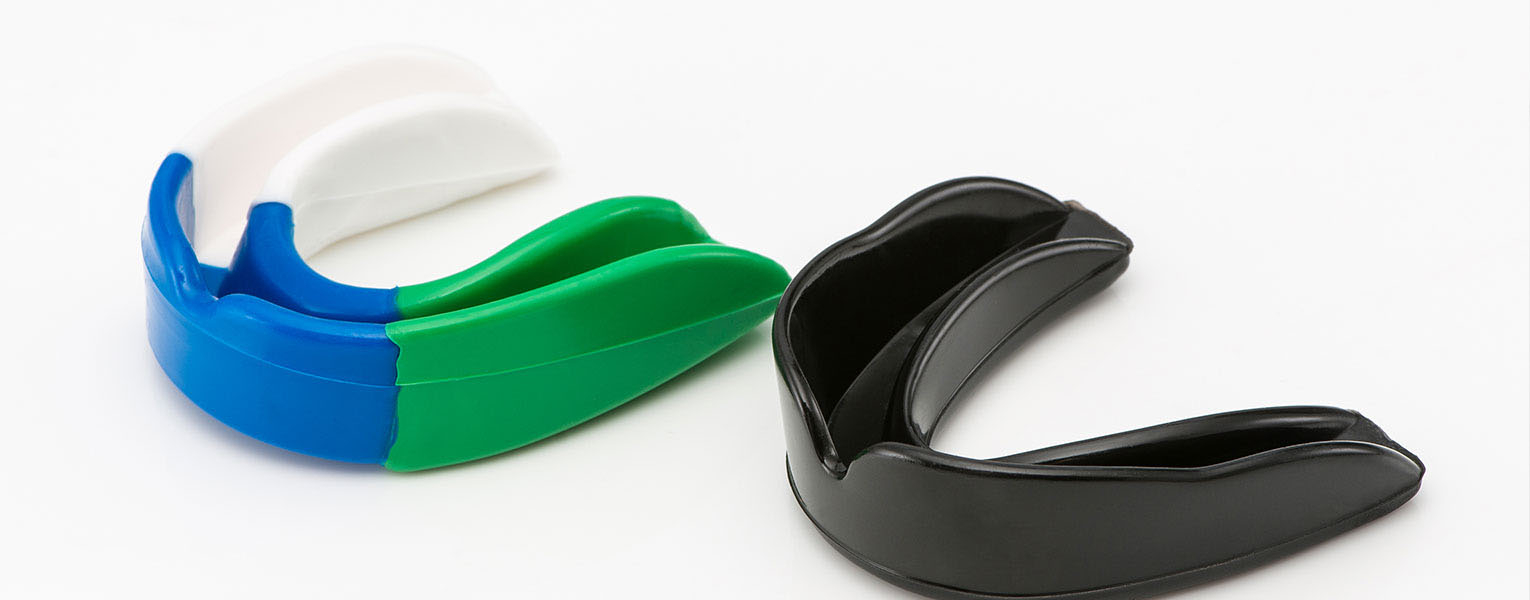What Is Sports Dentistry?
Athletes are exposed to blows many times throughout their professional lives. After being exposed to a blow, two things happen in the human body. If the severity of the blow is low, it causes heat in the body, if its severity is high, it causes soft-tissue injuries. These blows may cause changes in the position of the bones and teeth, as well as fractures. If the severity of the blows caused by sports accidents outweighs the physical resistance of the individual, trauma occurs. It can be said that the injuries around jaw and face are the most frequently occurring dental injuries in sports accidents. Research suggests that the rate of dental trauma in team sports varies between 2% and 33%. The sports where dental traumas are seen the most frequently are close combat sports, football, basketball, skiing, and sports using racket sticks.
In sports accidents, injuries most often occur in the upper jaw, and usually upper incisors are damaged. Injuries to the dentoalveolar structures, fractures in the facial bones, intracranial pressure, and severe neck and brain injuries can also be seen. The appliances produced to prevent such accidents in sports activities and to protect people from dental trauma are called "mouthguard - protective mouthguard".
Mouthguards (mouth protectors - sports mouth guards) prevent teeth, tongue, lip, and cheek injuries resulting from a blow. They protect front teeth when subjected to blow from the anterior region, and posterior teeth when received a blow to lower jaw, reducing jaw fractures. In addition, it prevents concussion, injury, and possible death due to the gap it creates between the upper and lower teeth. An ideal mouth protector - protective mouthguard should be easily adapted to the teeth, thin enough to provide adequate protection, resistant to tearing, odorless-tasteless, and should not cause difficulties while breathing. There are 3 types of mouthguards:
Stock Protectors - Protective Mouthguards: They are generally made of PVC-based materials, come in various sizes, and ready to wear (PVC-based mouthguards are banned in the European Union).
Boil-and-Bite Mouth Protectors: They are produced from thermoplastic material and their adaptation to the mouth decreases over time.
Custom-Fitted Mouth Protectors (Custom Made): Your dentist takes the impression of your upper jaw. A model is produced based on the impression. A soft Essix appliance of approximately 5 mm thickness is made in line with the prepared model. Mouth protectors - protective mouthguards made with this method are individually designed.
Author of the Article: Dt. Kerem Adalet
